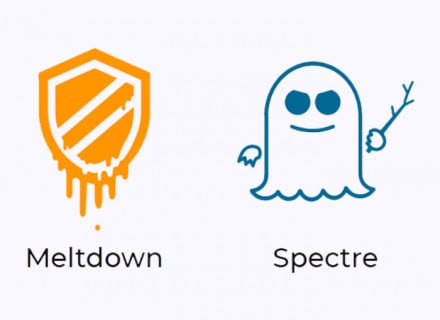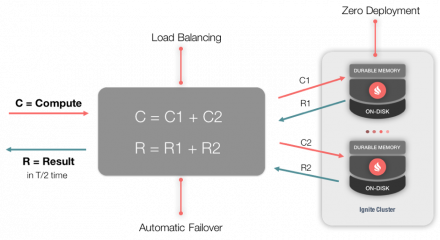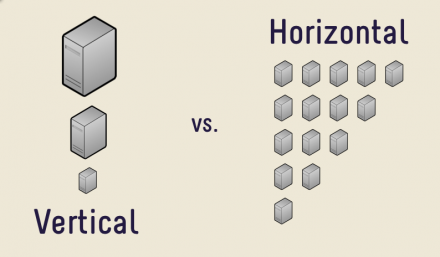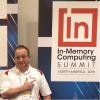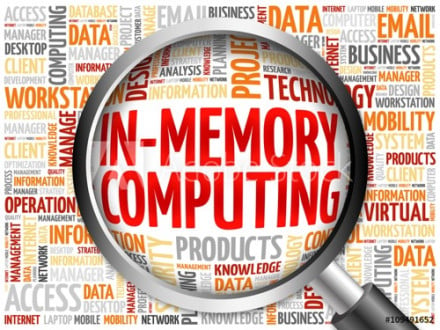GridGain Blog
The world was rocked after the recent disclosure of the Meltdown and Spectre vulnerabilities that literally affect almost all software ever developed. Both issues are related to the way all modern CPUs are designed and this is why they have opened unprecedented security breaches -- making the software, including GridGain, vulnerable to hacker attacks.
The vulnerabilities are registered…
Apache Cassandra has become an incredibly popular database for software architects and engineers. Many of us trust it for our applications’ data and, presently, there are thousands of deployments running this reputable NoSQL database. No doubt, Cassandra totally deserves its glory and reputation. The database simply does what it is expected from it -- unlimited scalability and high-…
Apache Cassandra is one of the leading open-source distributed NoSQL disk databases. It is deployed in mission-critical infrastructures at Netflix, eBay, Expedia and many others. It gained popularity for its speed, the ability to linearly scale to thousands of nodes and offers "best-in-class" replication between different data centers.
Apache Ignite is a memory-centric…
This is the second in a two-part series on the use of Fast Data in Healthcare and how in-memory technologies, such as Apache® Ignite™, can meet the requirements and challenges of the Healthcare industry. Part 1 focused on identifying some of the key challenges in Healthcare. In Part 2, we will discuss a Healthcare case study and learn how Apache Ignite and GridGain solved a customer’s…
This is a two-part series on the use of Fast Data in Healthcare and how in-memory technologies, such as Apache Ignite, can meet the requirements and challenges of the Healthcare industry. In this first part, we will focus on identifying some of the key challenges in Healthcare and in the next part, we will discuss a Healthcare case study and learn how Apache Ignite and GridGain solved a customer’…
Apache Ignite's new native persistence (released in late July with version 2.1) means that the open-source platform is much more than an in-memory data grid: It's a full-fledged distributed, scalable HTAP database with the ability to reliably store raw data that supports SQL, and processes information in real time.
Apache Ignite Persistence
Ignite Persistence is a new…
In last week's post, "Distributed data structures: Part 1 (overview),"I talked about why you need distributed data structures (hereinafter - RSD) and disassembled several options offered by the distributed cache Apache Ignite. Today I want to talk about the details of the implementation of specific RSD, as well as a small educational program on distributed caches. To begin with, at least in the…
Long ago, when Trees computers were large, and processors were single-core, all applications were started in one thread and did not experience synchronization difficulties. Modern applications, however, tend to use all available resources, in particular, all available CPUs.
Unfortunately, it is not possible to use standard data structures for multithreaded processing, so Java 5…
I’m really looking forward to next week’s webinar; essentially a getting-started in-memory computing primer for software architects and developers. The free one-hour event happens next Tuesday (Nov. 21) starting at 11 a.m. Pacific (2 p.m. Eastern).
It’s titled, “In-Memory Computing Essentials for Architects and Developers: Part 1.” Denis Magda, GridGain’s director of product management…
Last week at Devoxx Belgium 2017, The Glue's Sven Beauprez demonstrated how to combine Apache® Ignite™ with Docker to build an event-driven microservices platform -- one that is dynamically reconfigurable with zero downtime.
"The pre-requisites for the platform are banking-grade NFRs such as Exactly Once Processing of requests, High Availability -- even in case of data center disasters- and…
